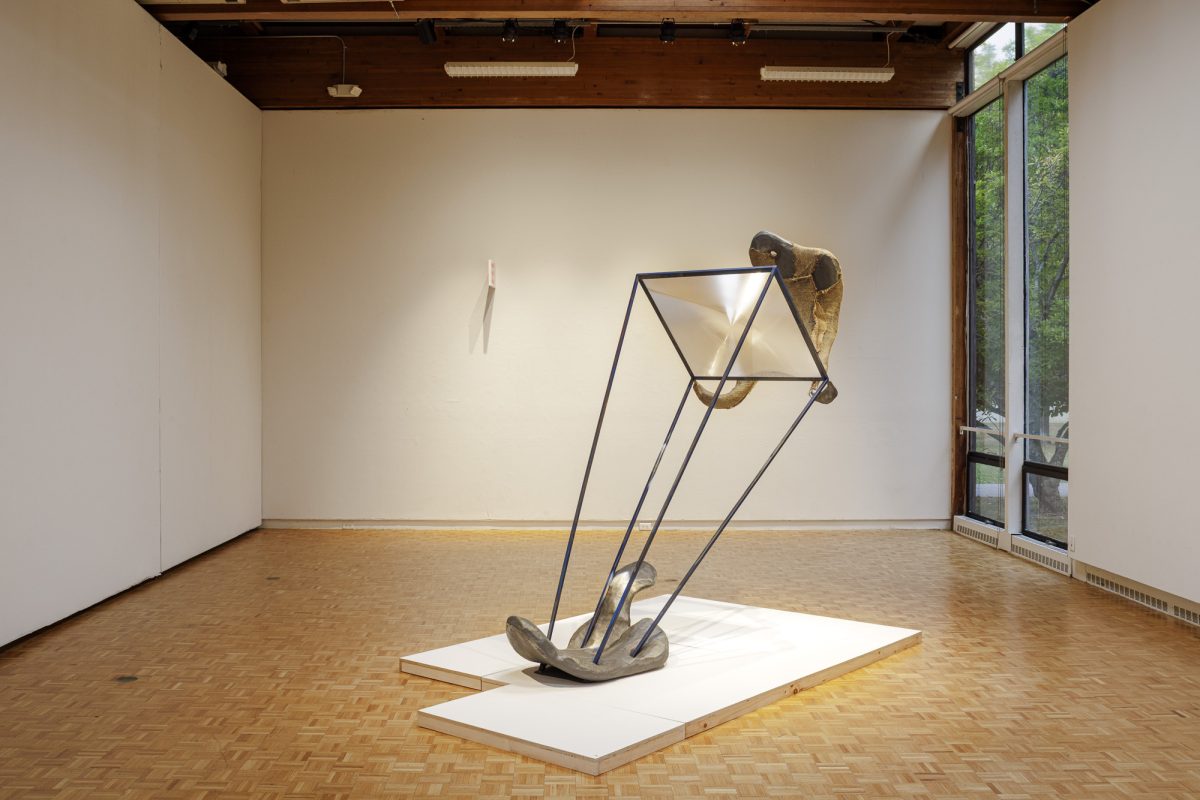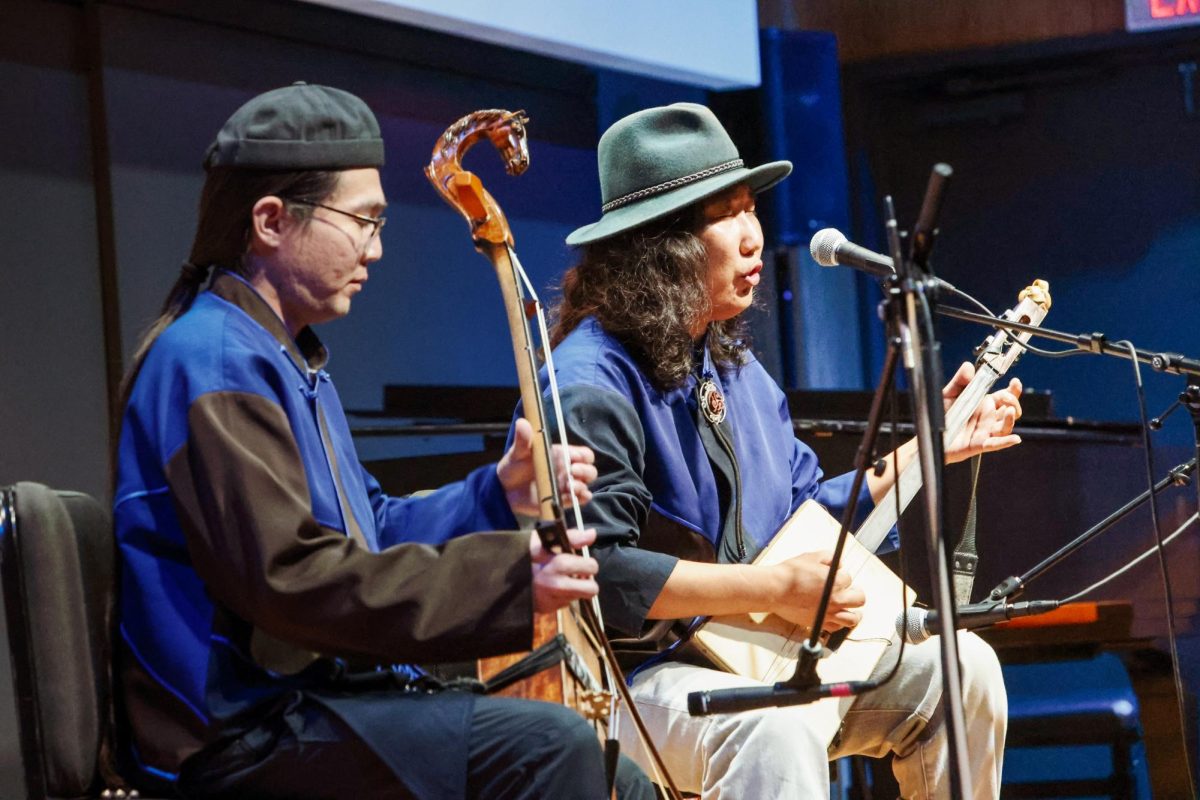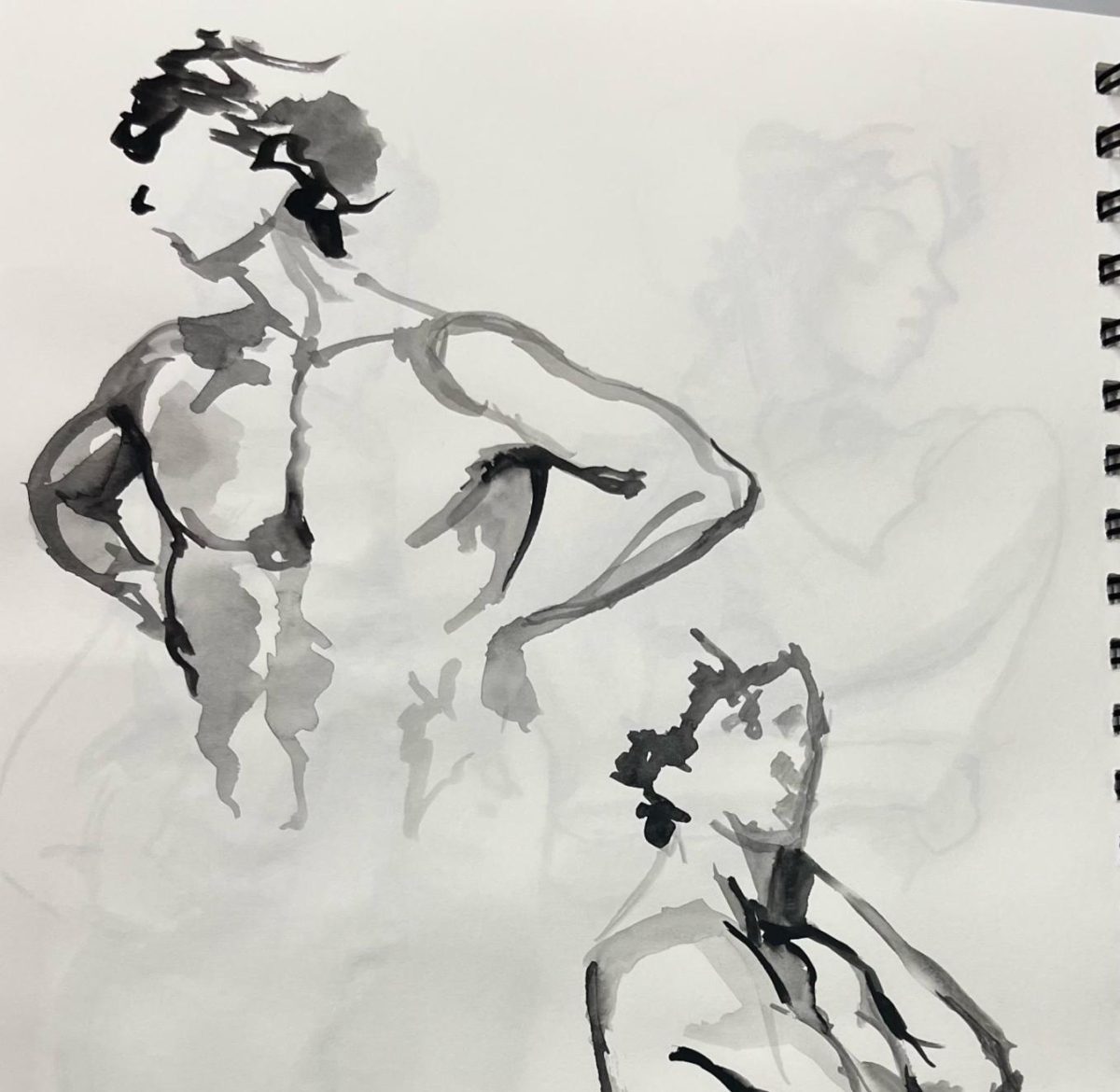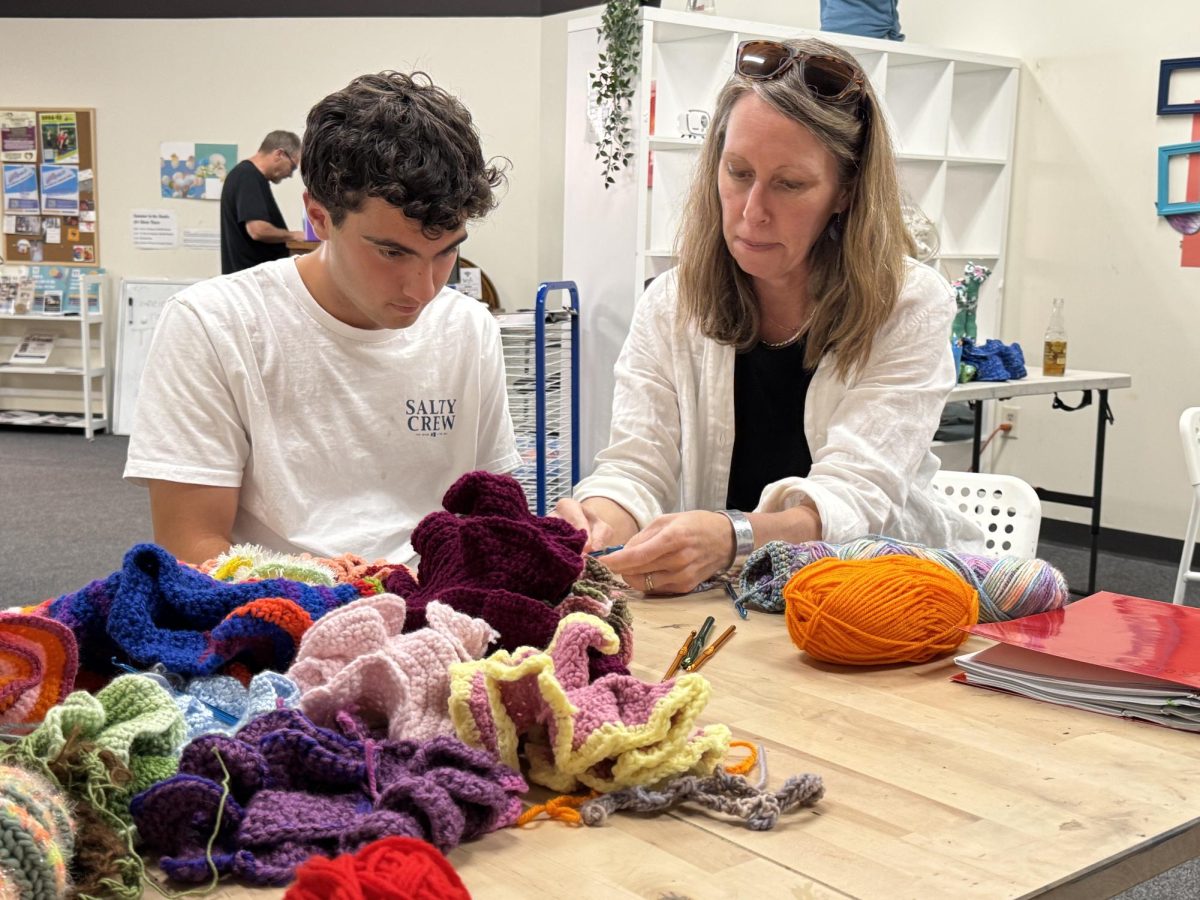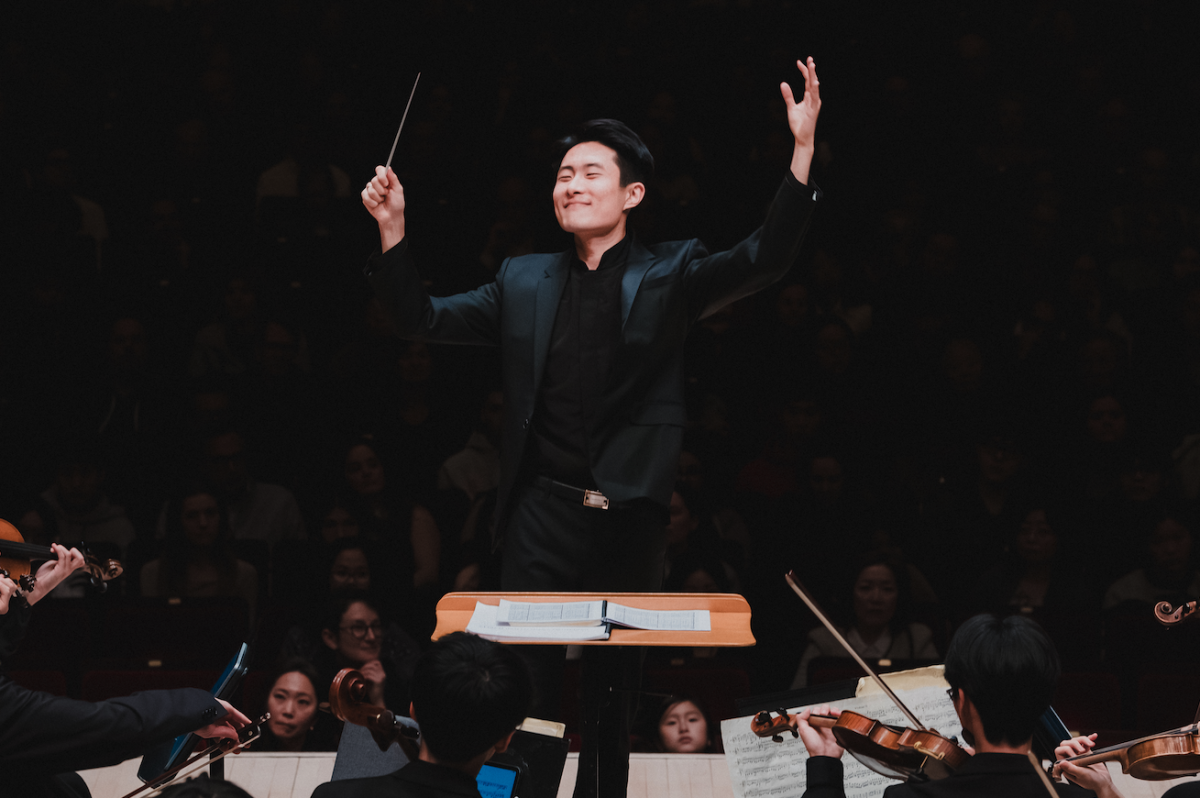
It may come as a surprise to pre-professional students vying for a place in the art industry that, during her years as an undergraduate at the College, Iris Moon ’02, an associate curator at the Metropolitan Museum of Art, did not work at WCMA, nor did she have an internship at the Clark. In fact, she didn’t even major in art history, graduating from the College as a studio art and political science major. “I didn’t intend to become a curator,” Moon explained in an interview with the Record. “It was sort of a happy accident.”
On Thursday, Moon visited the College to deliver a lecture for the art department’s Class of 1960 Scholars lecture series. Her lecture offered a behind-the-scenes look of her latest curatorial project at the Met, “Monstrous Beauty: A Feminist Revision of Chinoiserie,” which seeks to critically reevaluate the European decorative style of chinoiserie and its expressions of orientalism.
Working at the Met since 2017, Moon’s path to art curation was by no means linear. She attended high school at Interlochen Arts Academy — an arts boarding school in Michigan — where she developed a love for writing and majored in visual art. “I kind of had this vision of myself becoming an artist for a really long time,” she said. “I had this totally romantic notion of myself being this poet, artist, but not making any money.”
Moon entered the College as a prospective philosophy major, but her parents disapproved. “My parents, being Korean immigrant parents, were like, ‘You need to do something that you can make money off of,’” she explained. “So I was like, ‘Okay, I’ll compromise and do political science,’ but I was more interested in political theory.”
As for her other major, ultimately Moon’s interest in making art did not last. “I always made art, but at some point — actually it was probably at Williams — I realized I was never going to make it as an artist, because it’s just too brutal and very difficult,” Moon said.
After graduation, Moon moved to South Korea, and got her first job as a reporter for the Arts and Culture desk of The Korea Herald, an English-language newspaper based in Seoul. Although the tight deadlines and short articles were restrictive, she said, the job was where she first learned to write about contemporary art.
While working in South Korea, she was still thinking about her required art history 101 lecture, which she took with E.J. Johnson, professor of art, emeritus. During one of the lectures, Johnson displayed Boullée’s Cenotaph for Sir Isaac Newton, which made such an impression on her that — when she enrolled in graduate school in MIT’s History, Theory and Criticism of Architecture, and Art program — she intended to study the painter and French revolutionary architecture. Though she would quickly learn that Boullé did not actually work during the revolution, she ended up completing her doctorate studying the French movement anyway.
Moon’s interest in theory, which had initially pushed her towards philosophy and political theory, continued to underpin her career as it progressed. “‘What is it exactly that makes a great work of art?’ is one of the great pressing questions,” she said of the art world. “In a weird way, through the back door, I ended up doing philosophy, because that question has driven a lot of my research.”
Before joining the Met, Moon had stints at the Getty Research Institute, the Clark, and the Pratt Institute — learning that she loved to work with objects and creating public-facing exhibits. But by no means, she said, was it a direct path to her curatorial work: “It took many, many years adjuncting, starting and stopping because I had kids, but that’s how I got the job.”
The world today may look very different than it did when Moon was growing up, she said, but if she has any advice to offer it’s this: “I think it’s important to be weird, you know, lean into the weirdness,” she said. “I feel very lucky in the sense that I really grew up before the sort of focus on professionalism was really important. I feel really lucky that I was given the time to mess up.”
Moon took some of her own advice as she returned to writing about art after years of harboring a vendetta against it, formerly drained by the stressful environment at The Korea Herald and the notoriously grueling experience of grad school. To dive back into art writing, Moon explained, she had to shed parts of her journalistic and academic training, leading her to write texts like her 2024 book Melancholy Wedgwood, an experimental biography of the ceramics entrepreneur Josiah Wedgwood.
“I was just like, fuck it — I don’t want to write like other people anymore, I’m not gonna get tenure, I’m not an academic,” she explained. “I realized that the thing that’s missing in so much art historical writing is your own life… It’s so cheesy, but what is this thing called life? And how is it constantly peeking in, intersecting, and appearing in the cracks of this text that you’re writing? That’s kind of what drove me, in the end, to write.”
Her new project at the Met blends historical art with contemporary pieces, exploring Europe’s fascination with the East, according to the museum’s website. The exhibition juxtaposes chinoiserie with more recent art made by Asian and Asian American women artists, proposing an experience of viewing art that is active and analytical, rather than passive, Moon explained. “In the first text that you see in the show, I talk about how chinoiserie and the monstrous are about a fear of the unknown,” she said. “Chinoiserie is a kind of placeholder for so many other things that we fear because we don’t know what it is, and yet we’re still fascinated by it.”
Leaving space for interpretation for herself and her work is repeatedly at the center of Moon’s concerns as a curator. “One thing that I really caution against, is this desire to explain and to remove the unpredictability and the mystery of the process of seeing,” she said. “I think it’s an incredibly personal, unknowable process by which something happens when you look at a work of art … Some people have said that my labels are very distinct in that the voice is very strong … I’m not telling you how to think. I’m proposing certain things, and you can agree or disagree, but just enjoy,” she added.
“I think one of the best compliments I’ve gotten is, ‘You know, I don’t get your show, but I like it,’” she said.



